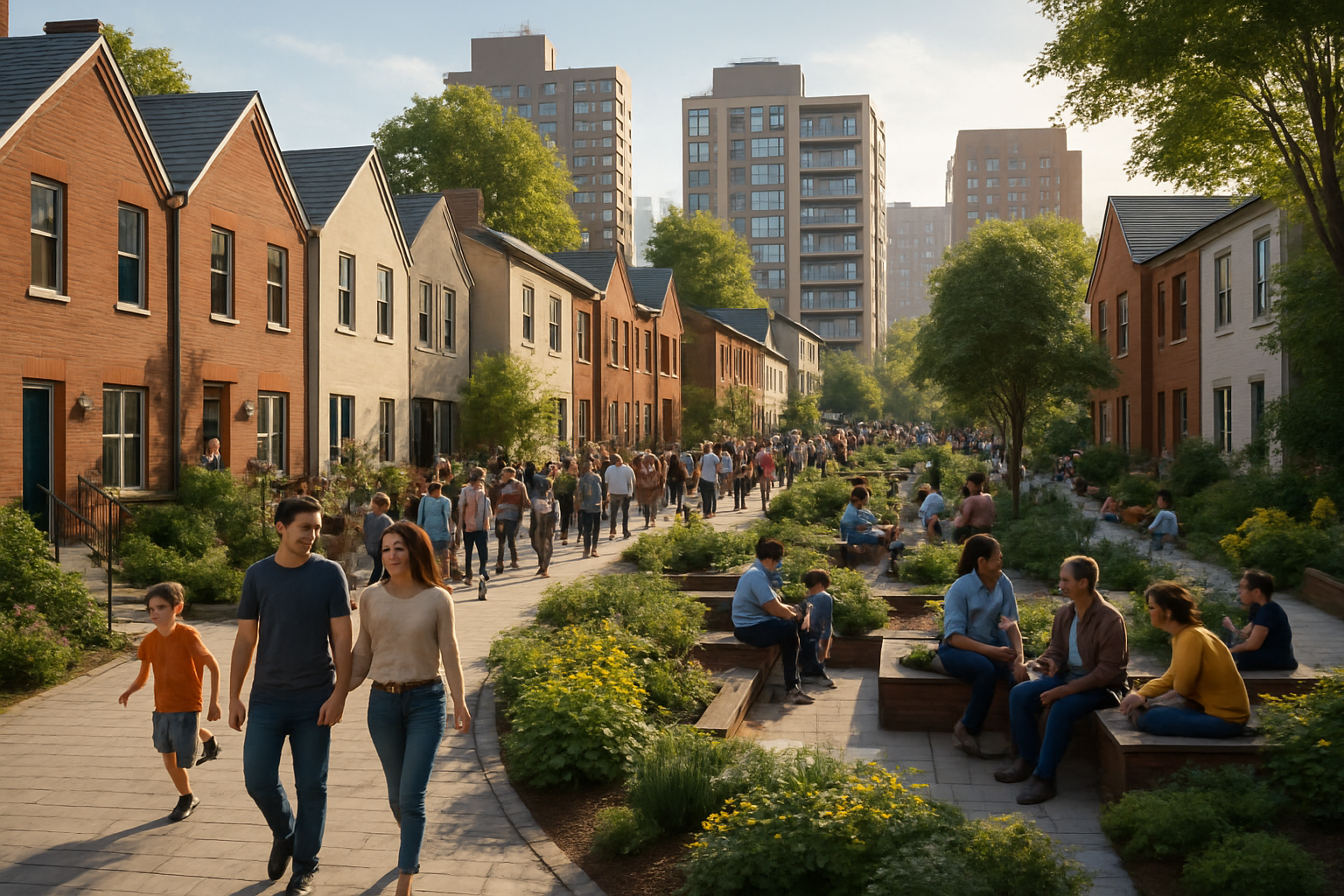The Unexpected Renaissance of Public Performance Art
In an era dominated by digital media and virtual experiences, a surprising resurgence of public performance art is captivating audiences worldwide. This revival of live, often spontaneous artistic expressions in shared spaces is challenging conventional notions of art consumption and redefining the relationship between artists and their audiences. From bustling city squares to quiet suburban parks, performers are reclaiming public spaces as their canvas, blurring the lines between spectator and participant.

A New Wave of Expression
Today’s public performance artists are building upon this legacy while incorporating contemporary themes and technologies. Environmental concerns, social justice issues, and the impact of digital culture are common subjects explored through these live artistic interventions. Artists are utilizing augmented reality, interactive installations, and social media to enhance their performances and extend their reach beyond the immediate physical space.
Breaking Down Barriers
One of the most significant aspects of this renaissance is its accessibility. By bringing art out of galleries and theaters and into public spaces, performers are democratizing the artistic experience. People from all walks of life can encounter thought-provoking, beautiful, or challenging artistic expressions as part of their daily routines. This democratization is fostering a new appreciation for the arts among diverse audiences who might not otherwise engage with traditional art venues.
The Impact on Urban Planning and Public Policy
The rise of public performance art is influencing urban planning and public policy decisions. Cities around the world are recognizing the value of these artistic interventions in creating vibrant, engaging public spaces. Many municipalities are now allocating funding for public art programs and creating designated performance areas in parks and plazas. This shift is not only enhancing the cultural fabric of cities but also contributing to local economies by attracting tourists and fostering community engagement.
Challenges and Controversies
Despite its growing popularity, public performance art faces numerous challenges. Issues of permits, public safety, and noise regulations often create hurdles for artists. Additionally, some performances have sparked controversy, raising questions about the boundaries between art and public nuisance. Critics argue that certain interventions can be disruptive or offensive to unwilling audiences. These tensions highlight the ongoing negotiation between artistic freedom and public responsibility in shared spaces.
The Future of Public Performance Art
As technology continues to evolve and social dynamics shift, the future of public performance art looks promising and diverse. Virtual and augmented reality technologies are opening up new possibilities for blending physical and digital realms in public spaces. Additionally, the growing emphasis on sustainability and community-building is likely to inspire more collaborative and environmentally conscious performances.
Conclusion
The renaissance of public performance art represents a significant shift in how we experience and interact with artistic expression. By reclaiming public spaces as venues for creativity, artists are challenging traditional notions of art consumption and fostering a more inclusive and engaging cultural landscape. As this movement continues to evolve, it promises to play an increasingly important role in shaping our urban environments and collective cultural experiences.





